Research in the Group
- Low Complex PMI Selection Algorithm for 5G NR Downlink Systems
- Orthogonal Frequency Hopping Sequence Generation
- Low-Complex Precoder and Decoupler Design
- Channel Estimation for SM-MIMO
- Link Abstraction
- Index Modulation
- Channel Estimation and Detection
- Synchronization
- Modulation Order Classification
- SP for Uplink Cellular Communication
- Multicast and Broadcast Transmission
- Frequency Projection
- Connection Density Maximization
Theme 4 : Signal Processing for Next Generation Wireless
Low Complex PMI Selection Algorithm for 5G NR Downlink Systems
To obviate the need for full Channel State Information (CSI) feedback in a Downlink (DL) Multiple Input Multiple Output (MIMO), 5G New Radio (5GNR) employs codebook-based limited feedback techniques. These techniques require the User Equipment (UE) to choose the best possible precoder for the downlink transmission from the set of codebook entries, and the corresponding Precoding Matrix Indicator (PMI) is sent as feedback to the Base Station. The conventional method to choose PMI/RI is the Exhaustive Search (ES) method, which selects the best precoding matrix by examining all the candidate entries in the codebook. Various methods have been proposed in the literature to select the best possible PMI. However, the computational complexity of searching all codebook entries is significantly high. Also, as the number of antennas increases, the codebook size grows, resulting in even longer search times. Our work focuses on formulating a low-complex PMI selection method that leverages the spatial characteristics of the codebook entries. In this method, the UE approximates the transmit beam to estimate the coarse Angle of Departure (AOD), which is then mapped to PMI using a novel PMI-to-angle mapping look-up table. The size of the codebook is then reduced using this coarse estimate and the final PMI is obtained by searching the reduced codebook. Through this proposed method the number of codebook entries to be searched is significantly reduced, and simulations demonstrate that the proposed algorithm reduces the search complexity by about 94%, even while maintaining the same performance as the conventional search scheme.Team Members
Orthogonal Frequency Hopping Sequence Generation
Frequency Hopping Spread Spectrum Communications are widely used in military communications, cellular communication and, more recently, in radar applications. It ensures secure transmission of data by protecting them from jammers. The anti-jamming capabilities are achieved by using frequency hopping sequences (FHS), which gives the frequency band used for data transmission. The FHS should have a random nature so that they are not easily predictable. The randomness of a sequence is determined by its auto and cross-correlation properties.
Frequency-hopping multiple access (FHMA) systems are more popular because multiple users can communicate simultaneously and securely. In FHMA applications, when two or more users hop into the same frequency locations, it will lead to Multiple Access Interference (MAI), which will degrade the performance of the system. Choosing suitable frequency hopping sequences (FHS) such that all the users hop without colliding with each other is very crucial, and such FHSs are orthogonal FHSs.
The design of low complex, highly efficient longer sequences is developed, and the constructed sequence parameters are adjustable based on the applications. These state-of-the-art sequences are ideal for strategic FHMA applications. For more details click here
Researcher
Low-Complex Precoder and Decoupler Design
Multiple Input Multiple Output (MIMO) offers several advantages such as increased capacity and reliability. In Multi-User MIMO (MU-MIMO), several users can be served by utilizing the same time and frequency resources. MU-MIMO finds its application in 5G and is also considered for future wireless communication systems thanks to the advantages it provides. In MU-MIMO downlink (from Basestation to Users) since the users are oblivious to its interferers in the system, the Basestation (BS) has to handle the interference. Inorder to mitigate the interference, BS has to do pre-coding i.e., pre-processing to eliminate/mitigate Multi-User Interference (MUI). Conventional schemes such as Zero-Forcing (ZF) and LMMSE can be used but at the cost of increased power and reduced capacity. Block Diagonalization (BD) type precoding algorithms have gained significant interest in the recent decade because of the advantages it provides. BD type algorithms eliminate/mitigate MUI by transmitting a user's signal in the combined Nullspace of its interferers. However, it is practically not implementable because of its computational complexity. The aim of the work is to design a low-complex yet accurate Nullspace inorder to eliminate/mitigate MUI effectively. The designed algorithm provides a general framework for low-complex Nullspace computation thus helping in elimination of unwanted signals apriori. As an extension of this work, in Uplink (Users to BS) inorder to decouple different users' signal at the BS, a low-complex decoupler has been designed. The low-complex decoupler helps is separating users' signal at the BS thus allowing the BS to use different detector for each user according to its requirement.Team Members
Channel Estimation for SM-MIMO

Spatially modulated MIMO (SM-MIMO) is a promising technology for green communication as it uses less number of RF chains in transmitter. However, existing conventional MIMO channel estimation techniques can not be used in SM-MIMO channel estimation as only one RF chain exists at the transmitter. In literature, there are very few works which discusses dedicated SM-MIMO channel estimation techniques. However, it is the most important part of any SM-MIMO system as the BER of this system depends very much on channel estimation errors. In our group we develop channel estimation techniques which are dedicated to SM-MIMO systems to improve the BER.
Researcher
Link Abstraction

In wireless systems, link adaptation techniques are used where the transmitter will adapt to the instantaneous channel conditions. In 4G and 5G systems, the link adaptation is through rate control. In rate adaptation, the serving data rate is varied in proportion to channel quality. The data rate can be varied by changing the modulation scheme and the coding rate, hence rate adaptation is known as the Adaptive Modulation and Coding. With rate adaptation, the spectral efficiency can be further improved. For link adaptation, certain Channel State Information (CSI) is required at the transmitter. Only the mobile station shall know the downlink channel quality. CSI is fed back from the User Equipment (UE) to the base station (eNB) as ‘Discrete’ Channel Quality Index (CQI). The eNB chooses one of the permissible Modulation and Coding Schemes (MCS) based on CQI from the user. The problem is how to select CQI (in UE) and how to choose MCS from CQI (in eNB). Various ways of calculating the CQI at the UE side has been proposed. Link abstraction models choose suitable CQI from the available sub carrier Signal to Interference + Noise Ratios (SINRs). Mean Mutual Information per coded bit (MMIB) and Received Bit Information Rate (RBIR) based models has been studied in the existing literature. These models do a Mutual Information based compression of sub carrier SINRs into an Effective SINR (MIESM – Mutual Information based Effective SINR Metric). In multi operator, spectrum shared networks interference cancellation becomes mandatory at the UEs. Link abstraction becomes even more complicated in non – linear receivers.
Researcher
Index Modulation
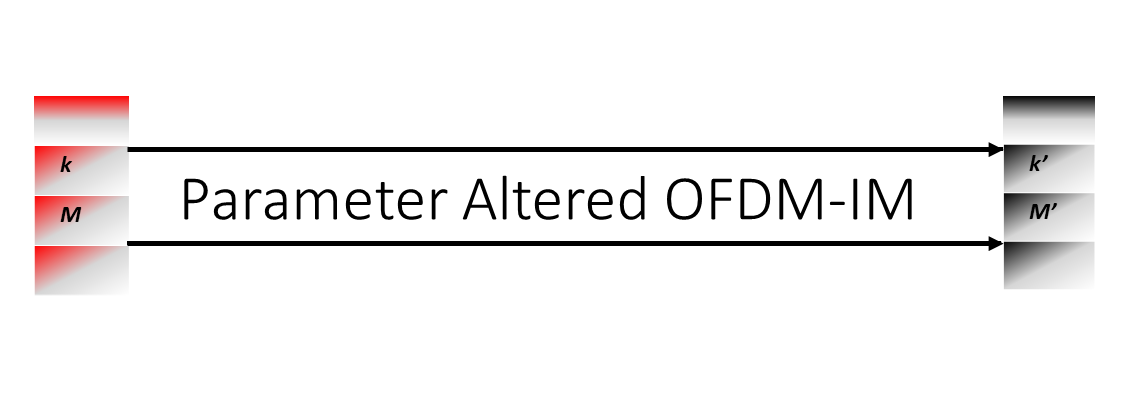
Index Modulation is an emerging class of wireless communication where the manner in which certain building blocks of communication are selected conveys information bits apart from the symbols carried on these ‘activated’ blocks. The aforesaid building blocks of communication can be sub-carriers, antennas, time-slots or even some combinations of these. It has been established by various research publications that the index modulation aided wireless communication and its variants are superior over the classical communication systems in terms of bit error rate (BER), spectral efficiency, and energy efficiency. This makes index modulation a good candidate of ample research interest. Orthogonal Frequency Division Multiplexing with Index Modulation (OFDM-IM) is a sub-group Index Modulation, where the aforementioned ‘building blocks’ are sub-carriers of an OFDM system. The research taking place in this area focus on how the BER can be lowered even further by varying certain system parameters such as the number of active sub-carriers and modulation order, assisted by additional signal processing to exploit the benefit of the said parameter alteration. Research outcomes reveal notable performance improvement as the realizations of complex symbol vectors, whose occurrence determine the overall diversity of the system have been lowered in number. There are ongoing research on how the spectral efficiency can be enhanced and also on developing low complexity detector designs.
Researcher
Channel Estimation and Detection
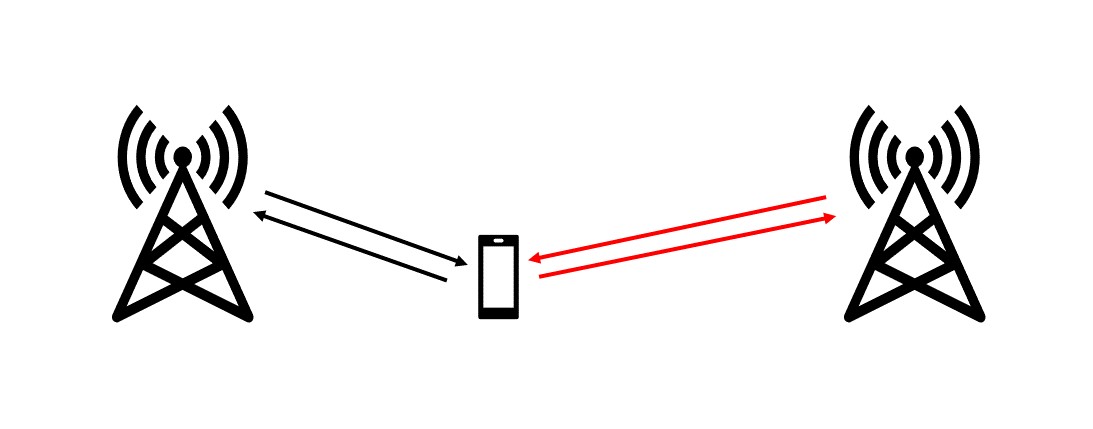
We also investigate on channel estimation and signal detection in interference limited OFDM systems. The primary problem is that the interference does not have the same statistics as noise. This makes both channel estimation and signal detection prone to errors. The receivers are traditionally designed to be optimal for Gaussian noise, an assumption which is invalidated in the presence of interference. Thus, research in this area typically focuses on either suppressing the interference to bring it down to the noise floor, or accounting for the interference while designing the receiver.
Researcher
Synchronisation
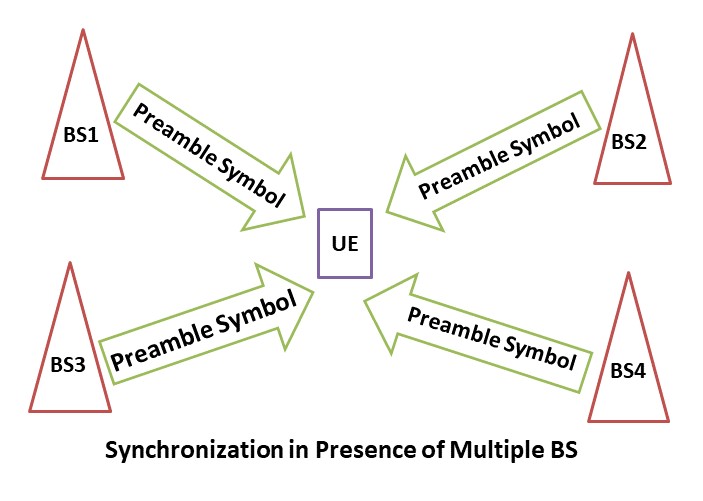
Timing Synchronisation
Orthogonal frequency division multiple access (OFDM) is a prominent technology for many wireless systems.Timing Synchronization is very important in OFDM based systems. Inaccurate timing information may create Inter Block Interference (IBI) which in turn increases BER of the system. We study the timing synchronization problem in a multi-cell scenario where inter cell interference is prominent. We are motivated to derive an low complex timing synchronization algorithm for this kind of systems.Frequency Synchronisation
As we mentioned in the timing synchronization frequency synchronization also plays a crucial role in any OFDM based system. Inaccurate frequency offset information can create Inter Carrier Interference(ICI) which in turn increases BER. This problem become more severe in a very fast fading channel where the frequency offset may change during an OFDM symbol. We are motivated to develop low complexity algorithms to correctly estimate the frequency offset for this kind of systems.Researcher
Modulation Order Classification
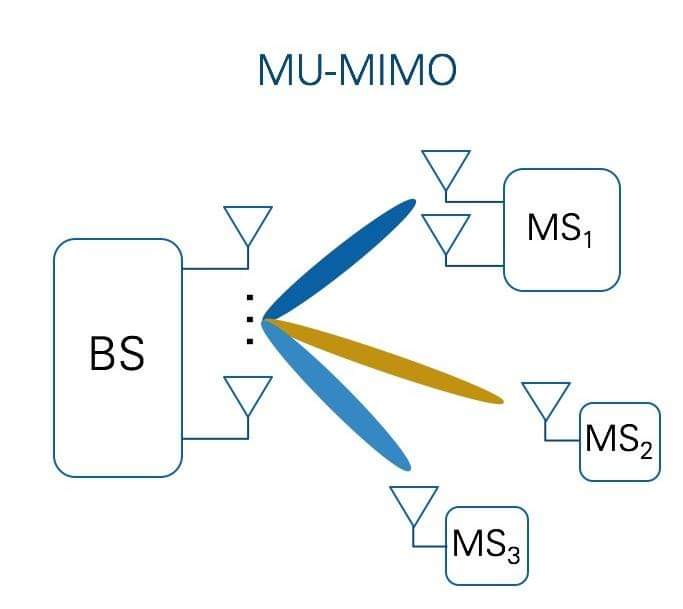
MU-MIMO links are prone to interference due to several factors. Hence, to mitigate the interference, joint interference aware receivers are suggested in the literature. The knowledge of Interference statistics is required in joint receivers hence we study the effect of misspecification such statistics and also develop a low complexity receiver for MU-MIMO joint receiver.
Researcher
Signal Processing for Uplink Cellular Communication
As the cellular network operators deploy orthogonal frequency resources, out of the multiple UE signals arriving at the antenna port of eNodeB equipment, the hardware only processes its own user signal while discarding the other signals. In order to improve the cell-edge user performance, we deploy Coordinated MultiPoint (CoMP) scheme in our design. CoMP efficiently combines the information from multiple eNodeBs receiving signal from the same UE using the backhaul to yield high gains in a shared spectrum scenario.
Researcher
Broadcast & Multicast Multimedia Transmission in Cellular Environment
Increasing demand for pervasive video and broadcast-like applications has caused multicast and broadcast communications to assume an important role in upcoming 5G systems. This ever-increasing demand for multimedia services has further fueled a rapid evolution in the source coding techniques in the last decade. One such popular technique to transmit over error-prone channels is layered source coding. The compressed bitstream is organized into layers, each with different degrees of importance based on temporal, spatial, or SNR scalability. In SNR scalability, each layer incrementally improves the quality of the final service. Receivers suffering from poor reception, and therefore low capacity, process fewer layers just enough to yield an acceptable quality for the service. Whereas receivers with good reception can accept more layers and hence offer a better quality of service. The transmitted layers are then additionally protected using unequal error protection (UEP). So, if the quality of the channel degrades, the High Priority layer will have a better chance of surviving. UEP can be achieved by means of hierarchical quadrature amplitude modulation (HQAM). Our work aims to enhance the QoE of a UE, who is part of a Multicast reception group, without compromising on the spectral efficiency, by combining efficient resource planning with layered source coding alongside HQAM.
Researcher
Frequency Projection
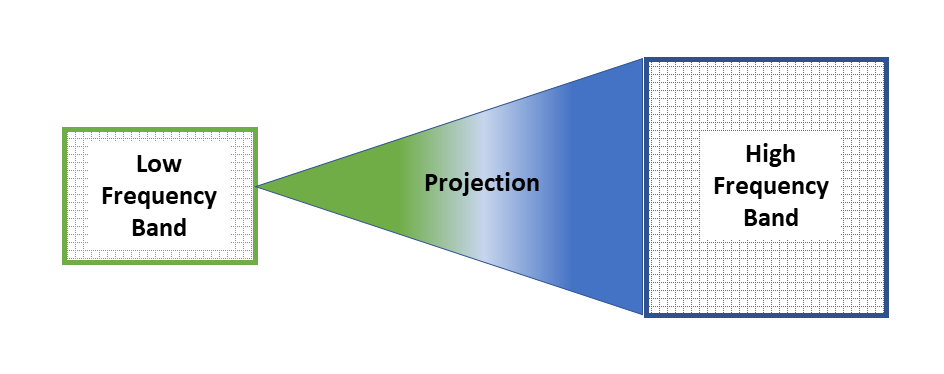
Most of the present commercial wireless communication systems (Cellular/Wi-Fi) are operating either at sub-1 GHz or sub-6 GHz frequency bands. In the future, most likely, an overlay network operating either at sub-6 GHz or millimeter-wave frequency band will be deployed in conjunction with the existing underlay network of sub-1 GHz or sub-6 GHz systems for next-generation wireless communication. There are many features to be exploited based on the frequency-dependent correlation between the underlay and overlay network. This may also be called as frequency projection where there is an opportunity to project specific parameters of the underlay network towards an overlay network. For example, channel information under high-frequency operation can be estimated from the channel information at lower frequencies based on its spatial congruency. The antenna arrays in high-frequency systems can be configured (beamforming) using spatial/angular information projected from the low-frequency system. For more details click here
Researcher
Connection Density Maximization

Most of the present commercial wireless communication systems (Cellular/Wi-Fi) are operating either at sub-1 GHz or sub-6 GHz frequency bands. In the future, most likely, an overlay network operating either at sub-6 GHz or millimeter-wave frequency band will be deployed in conjunction with the existing underlay network of sub-1 GHz or sub-6 GHz systems for next-generation wireless communication. There are many features to be exploited based on the frequency-dependent correlation between the underlay and overlay network. This may also be called as frequency projection where there is an opportunity to project specific parameters of the underlay network towards an overlay network. For example, channel information under high-frequency operation can be estimated from the channel information at lower frequencies based on its spatial congruency. The antenna arrays in high-frequency systems can be configured (beamforming) using spatial/angular information projected from the low-frequency system.
Researcher
Dr.K.Giridhar
Professor
Department of Electrical Engineering
Indian Institute of Technology, Madras
Room:ESB-344B
Dir:+91 (44) 2257 4420
Off:+91 (44) 2257 4408
Fax:+91 (44) 2257 0120
Email: k.giridhar@telwise-research.com

Administrative Assistant .
Nandhini R
Department of Electrical Engineering
Indian Institute of Technology, Madras
Phone:+91 (44) 2257 5405
Email: nandhini@telwise-research.com
Website inspired by
Jamison Research
Group
Website developed and maintained by Sweta, Sruti, Arunesh, Sowmya and Surendar.












